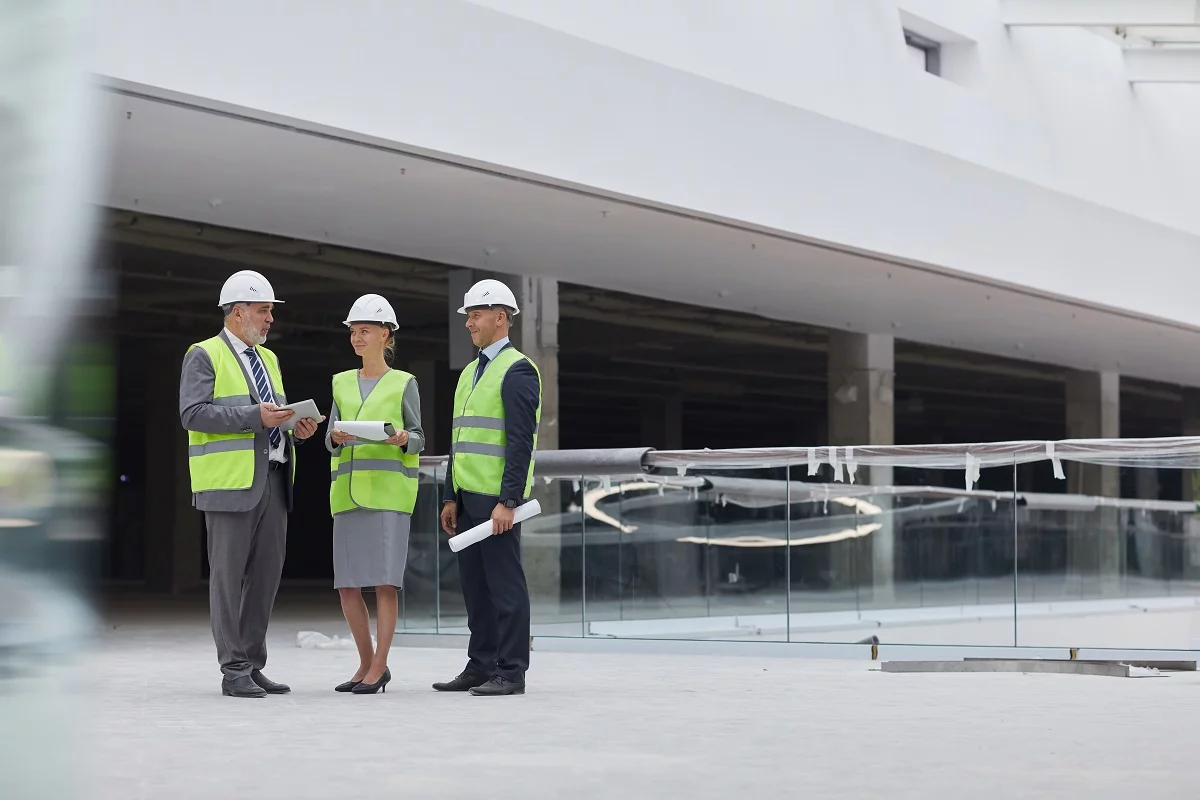
Is investing in real estate safe and profitable?
Real estate investments are popular for many reasons. From our article you will learn what attracts investors in this format, and what the nuances of investing in land, construction, finished houses and apartments are. Also, the article will tell you what rules you need to adhere to in order to conclude a profitable deal, even within a limited budget.
Pros and cons of investing in real estate
Benefits:
- High liquidity. Residential and non-residential real estate objects are most often timeless investments, they always retain their value.
- Possibility of making a profit. Housing, commercial properties, and land can be rented out or resold at a profit.
- Relatively low entry threshold. The opportunity to invest in real estate is realistic for most people thanks to the availability of various loan products, including mortgages.
- Large product range. You can invest in apartments and houses or shares in them, first or second-hand, commercial buildings and premises, land plots.
However, investing in real estate carries tangible risks that cannot be ignored.
Drawbacks:
- The heterogeneity of supply and demand. The ability to profitably buy, as well as subsequently resell the object directly depends on the region, the economic situation in the country and the world. In small settlements, interest in real estate is almost always low or very low. Sudden crises, inflation and other factors beyond the control of the investor can lead to depreciation of investments.
- There is a high likelihood of additional costs. Maintenance, repair and upkeep of the presentation of housing and commercial objects require additional investments: the purchase of materials, payment for the work of hired employees (finishing, cleaning, etc.). Also, we must not forget about the need to pay taxes and pay for utilities, regardless of whether your investment is profitable or not.
- Contingencies There is always a risk of force majeure (natural disasters, acts of vandalism, robberies).
Investment options
Residential real estate is bought both for living in it and for making a profit, for example, from renting it out or from resale at a higher price.
If you, as an investor, have an impressive capital amounting to millions, you can consider the option of investing in construction companies (buying shares), acquiring land plots, participating in cooperatives and mutual funds to buy non-residential properties.
If we arrange real estate objects in descending order of attractiveness for investment and popularity among investors, the list will look like this:
- Housing.
- Commercial facilities.
- Land plots.
- Country houses and cottages.
- Construction.
- Other options.
In the case of short-term investments in real estate (for rent), profit depends on the dynamics of the market and the investor’s ability to navigate it, as well as on market volatility.
If you are interested in a long-term investment (for resale), the profit will depend on the location of the facility, the degree of development of the surrounding infrastructure and the state of the market.

Residential and commercial properties
Residential and commercial properties are most in demand among private investors. The reason for this are their lower risks compared to investments in other types of real estate, as well as the possibility of making a profit in a relatively short time even in conditions of economic instability:
Housing or commercial premises can be leased to individuals, individual entrepreneurs, companies. It is also possible to resell the purchased property at a higher price, after waiting for its price to increase, updating its repair state or restoring the object itself.
In the case of investments in housing, you need to take into account the layout, condition and location of the facility, as well as the infrastructure of the district and region in which it is located. The contingent of neighbors is also important. If you are considering the option of investing in an apartment, take into account the number of floors, the «age» of the house, the presence or absence of a balcony, and its visual characteristics.
Also, you must pay attention to the legal purity of the object: the presence of debts on utility bills, encumbrances (several co-investors, minors registered). In such cases, it is safer to conduct a transaction through a realtor and a notary.
Investments in commercial buildings and premises are more labor intensive and complex in legal terms, plus the cost is higher than in the case of housing. When choosing them, you need to take into account many criteria, for registration it is necessary to solve a lot of issues in costumer rights protection and the fire service.
For an investment in commercial real estate to be profitable, as a rule, you need to invest 5 million rubles or and more.
Land plots
Investing in land also requires significant capital injections. Nevertheless, this format of investments in a building plot has a number of advantages:
- Long-term investment.
- Making a deal is not as difficult as in the case of apartment houses.
- The land does not need to be repaired, modernized, there is no need to pay a communal apartment for it — only the corresponding land tax.
- The risk of running into scammers when buying a land plot is lower than when buying a house or apartment.
And at the same time, there is only one disadvantage: the purchased land can be used only for its intended purpose, provided for in the transaction (for example, if the land was bought for building, it cannot be sown and vice versa). This issue is strictly controlled by government agencies.
Suburban construction and real estate
Country houses are profitable as an investment at the construction stage, for the subsequent completion and/or decoration and sale of the finished object. But you need to monitor the regular changes in the legislation of the Russian Federation on shared construction, enlist the support of a notary and an experienced realtor, and conclude your deal «in the white», otherwise there is a great risk of becoming a victim of fraudsters. It is also important to understand that such an object may be handed over with a delay or even frozen.
Another option is to buy land in the suburbs and build a house for resale. Investments in finished buildings on the outskirts are no less popular: if the houses are in good condition, located in an area with developed infrastructure, the demand for them is consistently high.
Real estate in other countries
It is also a popular type of real estate investment. There are a lot of advantages to it:
- The purchased property is likely to only increase in value.
- Buying real estate opens up the opportunity to obtain a temporary residence permit in another country, a permanent residence permit, citizenship, and other privileges when building a business.
- But it is important to remember about the possible difficulties with the registration of the transaction and legal nuances that may differ between countries.
When the state acts as a co-investor
Citizens of the Russian Federation, foreigners, and the state itself, including municipalities, are investing in Russian real estate today. The format of public-private partnership is also popular — a symbiosis of private and public investments. In the case of public investments, most often we are talking about capital construction.
As you can see, real estate investment has many guises, each of the listed options has its own advantages and characteristics. Be sure to keep them in mind when choosing the format that works for you.



















